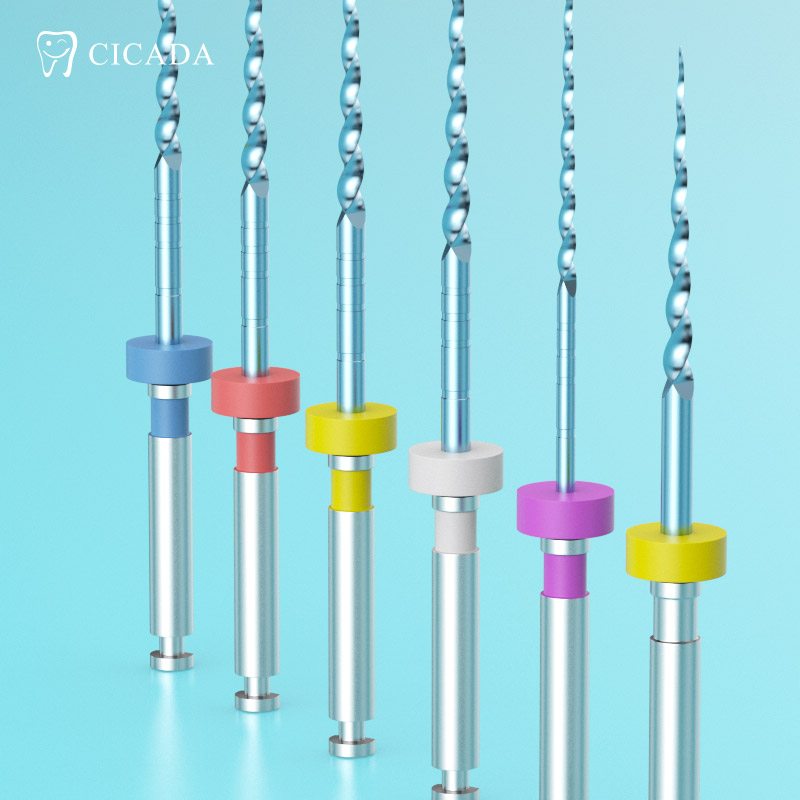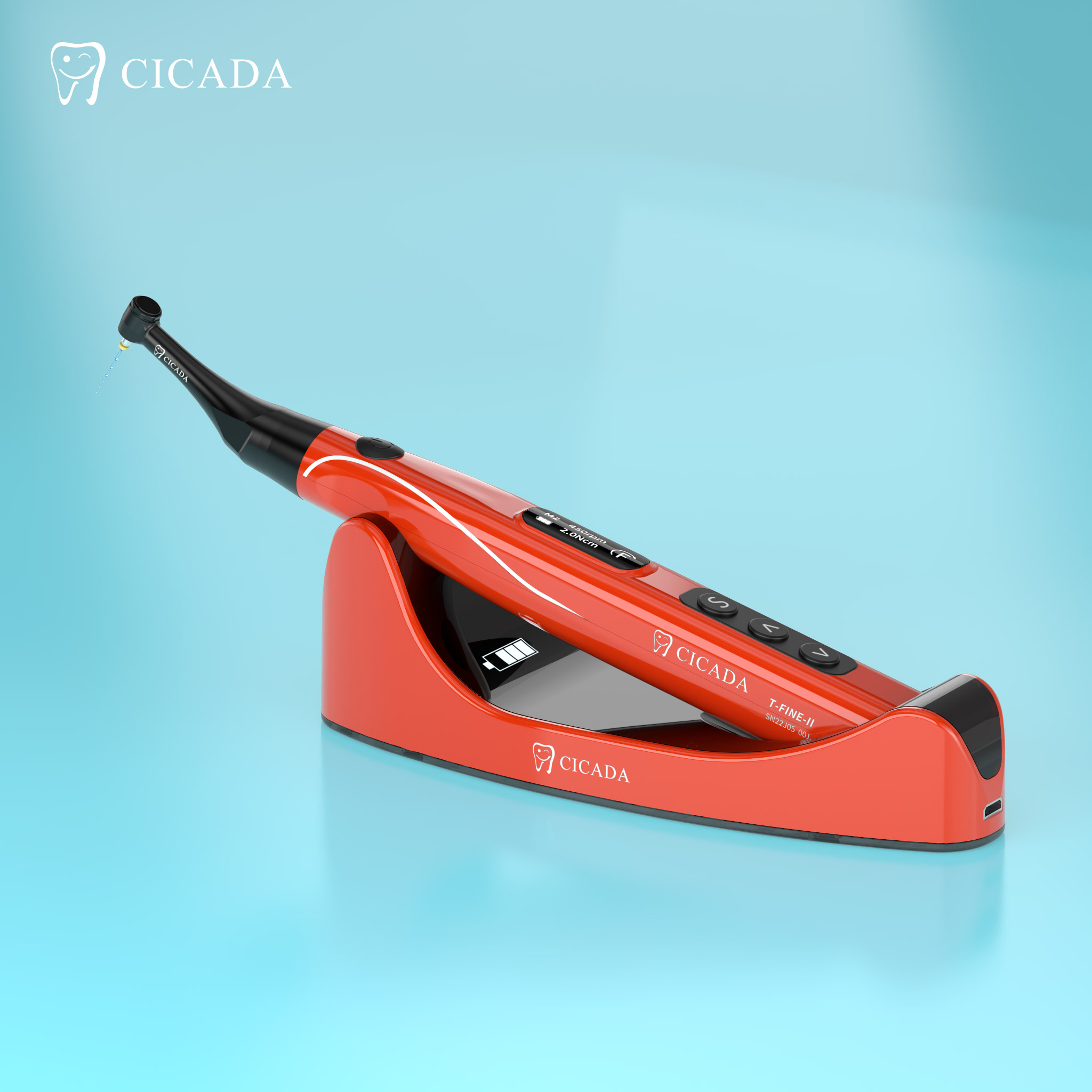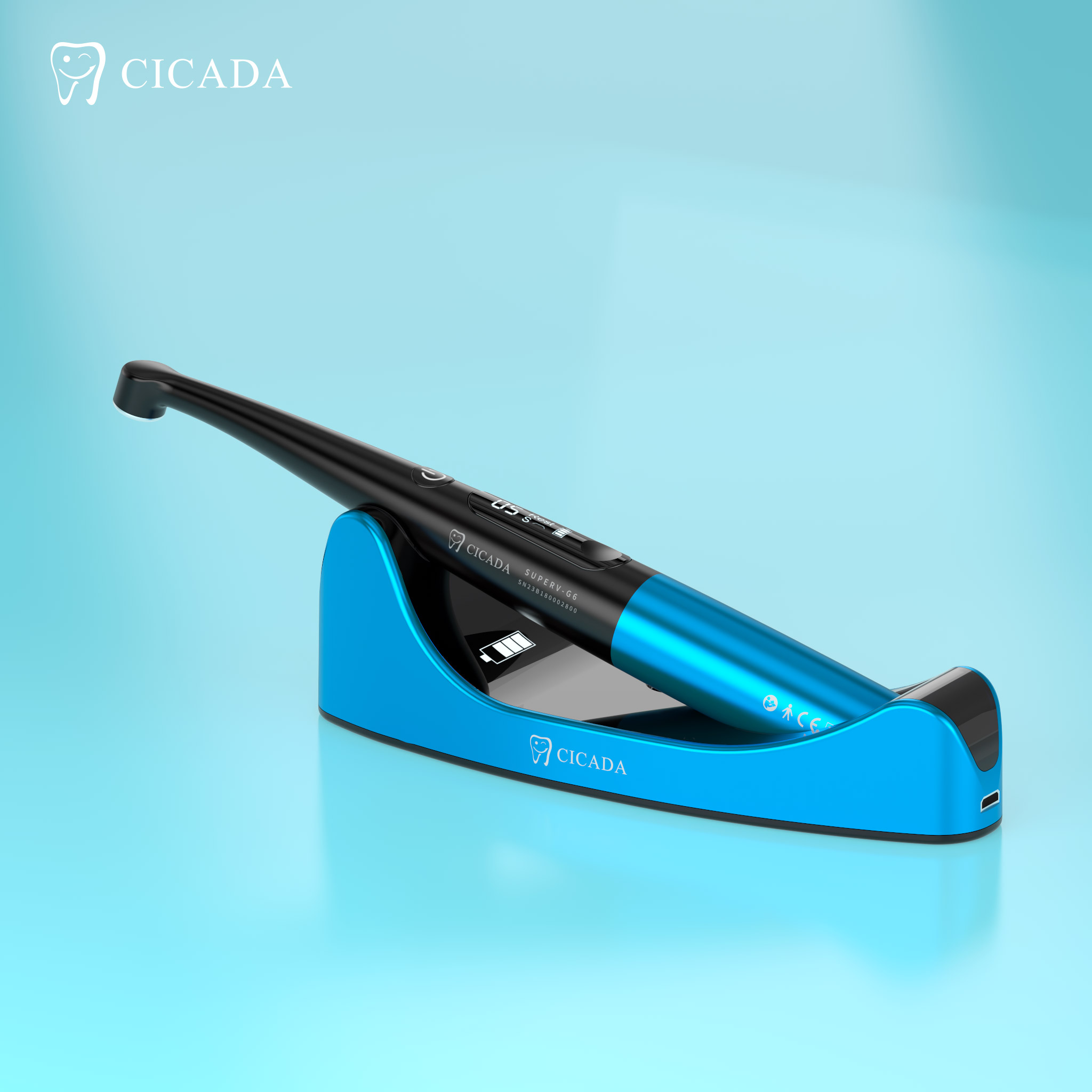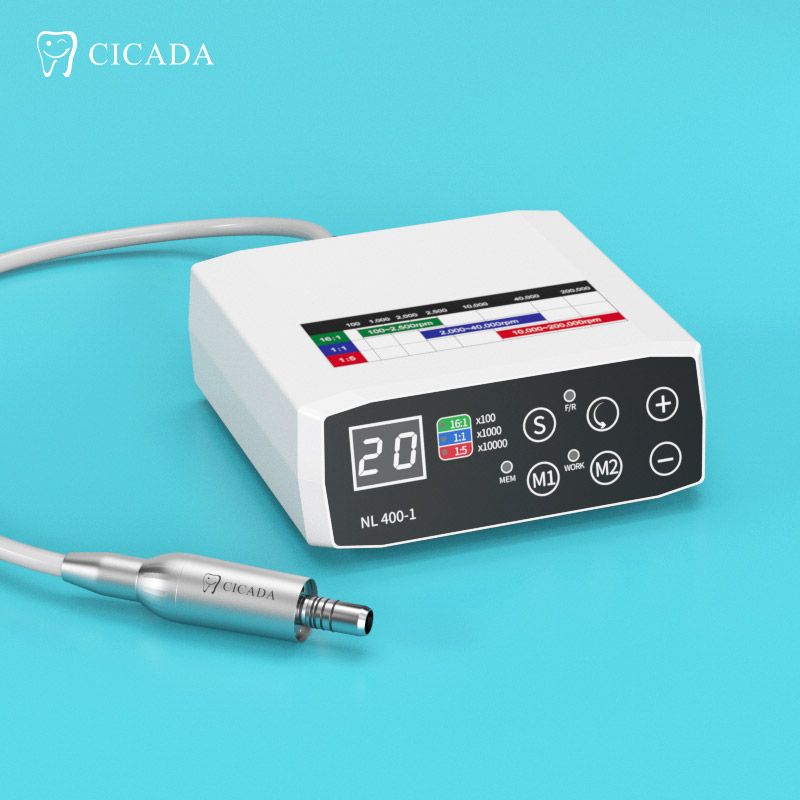Among the various tools at a dentist's disposal, dental files play a pivotal role in shaping and cleaning root canals. But did you know that not all dental files are created equal?
What is the difference between endoscopic files and ordinary dental files? After reading this article, maybe you will know more.
Regular Dental Files
Composition and Material
The first notable distinction lies in the composition and material used in crafting these essential dental instruments. Regular dental files are predominantly fashioned from stainless steel, a durable and cost-effective choice.
Cross-Sectional Design
Regular dental files often feature a uniform round or square cross-section, limiting their efficiency in reaching challenging areas of the root canal.
Cutting Efficiency
Regular dental files, while effective, may require more effort and time to achieve the same level of cutting efficiency.
Preservation of Tooth Structure
Regular dental files, with their uniform cross-section and rigidity, may inadvertently lead to excessive dentin removal, potentially compromising the tooth's strength.
Dental Endo Files




Composition and Material
Endo files are typically constructed with nickel-titanium alloy, a material known for its flexibility and shape-memory properties. This enables endo files to navigate intricate root canal curves with greater ease, reducing the risk of procedural mishaps.
Cross-Sectional Design
The cross-sectional design of endo files sets them apart from their conventional counterparts. Endo files exhibit a variable taper or triangular cross-section. This unique configuration enhances their cutting ability and facilitates debris removal, ensuring a more thorough cleaning process.
Flexibility and Resistance to Fracture
Unlike regular dental files, endo files possess remarkable flexibility due to their nickel-titanium composition. This property grants them an impressive resistance to fracture, reducing the risk of file separation within the root canal. The enhanced flexibility also allows for improved negotiation of curved canals, promoting a smoother and safer root canal procedure.
Cutting Efficiency
One of the primary objectives during root canal treatment is the efficient removal of infected tissue and debris. Endo files are designed to excel in this aspect, owing to their variable taper design and sharp cutting edges. This allows for more precise and aggressive removal of dentin, which is particularly beneficial in cases of complex root canal anatomy.
Preservation of Tooth Structure
Preserving the structural integrity of the tooth is of paramount importance during endodontic procedures. Endo files' enhanced cutting efficiency and flexibility contribute to a conservative approach, reducing the amount of dentin removal required to achieve optimal cleaning.
Conclusion
The unique material, cross-sectional design, flexibility, and cutting efficiency of dental endo files distinguish them significantly from regular dental files. The adoption of endo files has not only improved the accuracy and success rate of root canal treatments but has also resulted in enhanced patient comfort and quicker healing times.
The utilization of endo files exemplifies the dedication of modern dentistry to delivering optimal patient care through creative and ingenious tools. As dental technology continues to advance, it is crucial for dental professionals to stay abreast of these innovations and embrace them in their practice.






